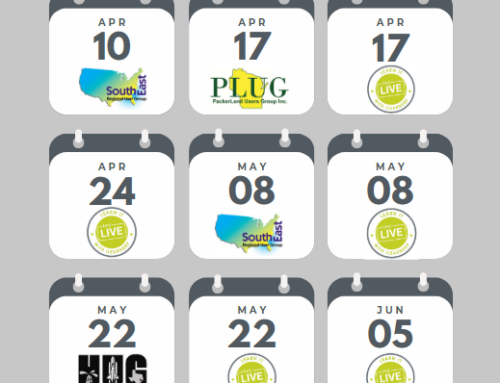 We have likely all run into conflict of varying degrees in the workplace, be it head on or indirectly through our co-workers. There are different approaches to conflict in the workplace, but more and more it is recognized that task conflict in the workplace actually leads to successful teams. This may seem counter-intuitive for team cohesivity, but in order to really get to creative solutions and strategic decisions, we need some clashes along the way to hash out ideas and explore and push typical boundaries as teams. In a recent episode of Hidden Brain, “You 2.0: How to Open Your Mind,” the show explores what happens when we are open to changes in our thinking and the benefits that can arise from useful criticism and team conflict. (You can check out the full podcast here). Task conflict is a constructive means of getting to a creative solution and differs from relational conflict, which may or may not become intertwined with task conflicts. The way that teams handle different types of conflict directly influences team performance. If teams avoid conflict, they may also miss opportunities to expose potential problems before they arise, for instance if someone is too timid to raise an issue or feels that it is unsafe to bring up a conflicting view. Instead, if an environment is created where team members feel safe to constructively voice opposing views or throw out new ideas, teams can better anticipate and respond to potential problems, as well as offer more robust solutions.
We have likely all run into conflict of varying degrees in the workplace, be it head on or indirectly through our co-workers. There are different approaches to conflict in the workplace, but more and more it is recognized that task conflict in the workplace actually leads to successful teams. This may seem counter-intuitive for team cohesivity, but in order to really get to creative solutions and strategic decisions, we need some clashes along the way to hash out ideas and explore and push typical boundaries as teams. In a recent episode of Hidden Brain, “You 2.0: How to Open Your Mind,” the show explores what happens when we are open to changes in our thinking and the benefits that can arise from useful criticism and team conflict. (You can check out the full podcast here). Task conflict is a constructive means of getting to a creative solution and differs from relational conflict, which may or may not become intertwined with task conflicts. The way that teams handle different types of conflict directly influences team performance. If teams avoid conflict, they may also miss opportunities to expose potential problems before they arise, for instance if someone is too timid to raise an issue or feels that it is unsafe to bring up a conflicting view. Instead, if an environment is created where team members feel safe to constructively voice opposing views or throw out new ideas, teams can better anticipate and respond to potential problems, as well as offer more robust solutions.
Team conflict in the workplace can happen on any kind of team and can occur across different teams in an organization. For instance, in the design phase of a training rollout there may be differing opinions of exactly how training should take place, what specific resources will be needed, or what should be asked of particular team members during the training initiative. In a recent article in Harvard Business Review, Keith Ferrazzi suggests several things to help teams to encourage candor in the workplace to combat conflict avoidance. First, “candor breaks” can help teams disrupt conflict avoidance by asking team members to ponder on what isn’t being said as a way to spur greater feedback on ideas or initiatives. Second, using “red-flag replays” can help teams pause either during conflict in order to review it and address it and deal with it openly and correct or circle back to anything if needed. Last, a phrase like “Yoda in the room” may alert that team that someone wants to say something potentially controversial or disagreeable that they wish to raise for a productive discussion (“A New Social Contract for Teams,” HBR Sept-Oct 2022).
When the need for training arises within an organization, it is often because employees must learn something new or something different to drive the organization forward. Trainers have a unique opportunity to face discomfort, both with their peer decision makers and across different teams throughout an organization. Sometimes potential discomfort or conflict can be avoided by a strategic, phased roll out of training that is well supported and learner centric. Even so, trainees may face unforeseen encounters that can impact how they approach training, such as by being suddenly short staffed or because of other turbulent factors. They may in turn resist, even fight against duties that arise during, say a new implementation, such as attending training sessions or assisting with process documentation as a SME. Whatever the reason, when conflict does arise, it is helpful as trainers and members of training teams to not fear all conflict in the workplace knowing that task conflict and how we handle it can actually lead to opportunities that will further drive the organization to success.




